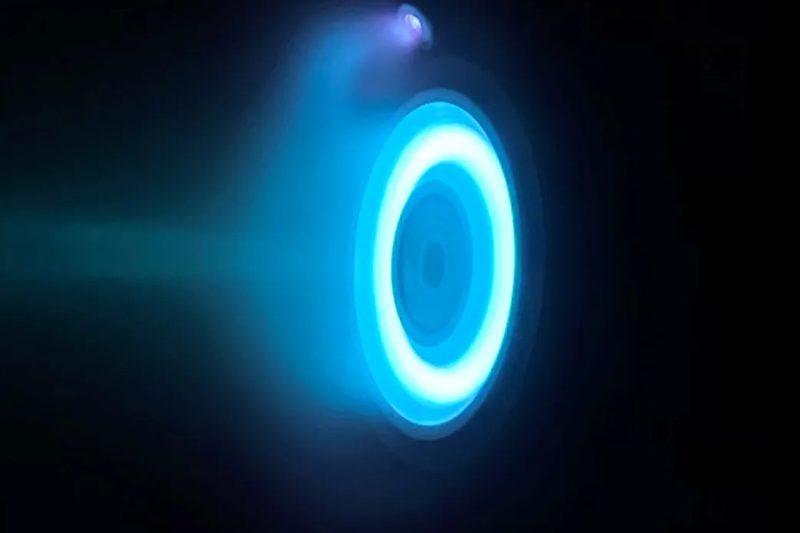In its pursuit of unraveling the mysteries of the asteroid belt, NASA’s Psyche mission is set to embark on a groundbreaking journey propelled by cutting-edge electric engines. The innovative propulsion system being employed for this mission represents a significant leap forward in spacecraft technology and promises to revolutionize deep space exploration.
The Psyche spacecraft utilizes Hall-effect thrusters, a type of electric propulsion system that harnesses the power of electricity to generate thrust. These thrusters are known for their exceptional fuel efficiency and longevity, making them an ideal choice for extended missions such as the one to the asteroid Psyche. Unlike traditional chemical propulsion systems, which rely on burning propellant to create thrust, electric propulsion systems use electricity to accelerate ionized propellant to generate thrust. This results in significantly higher exhaust velocities and thus higher fuel efficiency, enabling spacecraft to reach their destinations faster and more efficiently.
One of the key advantages of electric propulsion systems is their ability to operate over long durations, enabling extended missions to distant targets that would not be feasible with conventional propulsion systems. The Hall-effect thrusters used in the Psyche mission are designed to provide continuous thrust over an extended period, gradually accelerating the spacecraft on its journey to the asteroid belt. This sustained thrust allows the spacecraft to carry out complex maneuvers and trajectory adjustments, ensuring precise navigation and control throughout the mission.
The use of electric propulsion also has important implications for the environmental impact of space exploration. Unlike traditional chemical rockets, which produce large quantities of exhaust gases that can contribute to pollution and climate change, electric propulsion systems generate much lower levels of emissions and are more environmentally friendly. By adopting electric propulsion technology, NASA is demonstrating its commitment to sustainable and responsible space exploration practices.
The success of the Psyche mission will not only advance our understanding of the origins of planetary bodies in the asteroid belt but also pave the way for future deep space missions that rely on electric propulsion technology. By pushing the boundaries of spacecraft technology and harnessing the power of electricity for propulsion, NASA is opening up new possibilities for exploration beyond Earth’s orbit.
As the Psyche spacecraft fires up its futuristic electric engines and sets off on its journey to the asteroid Psyche, it represents a pioneering feat of engineering and a testament to the ingenuity and determination of the human spirit. With each pulse of its Hall-effect thrusters, the spacecraft pushes the boundaries of what is possible in deep space exploration, inspiring awe and wonder as it travels through the vast expanse of the solar system towards its distant destination.


































